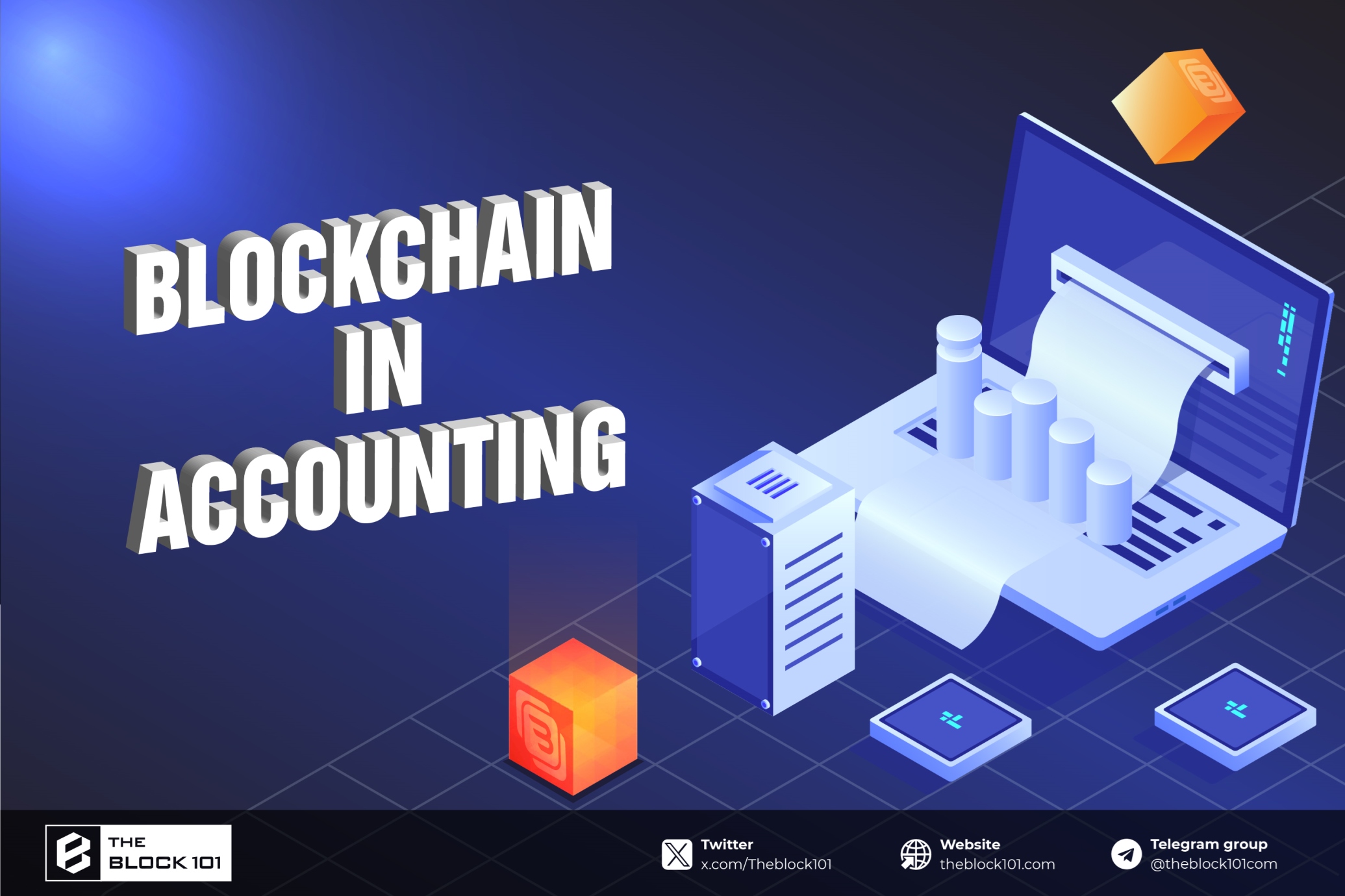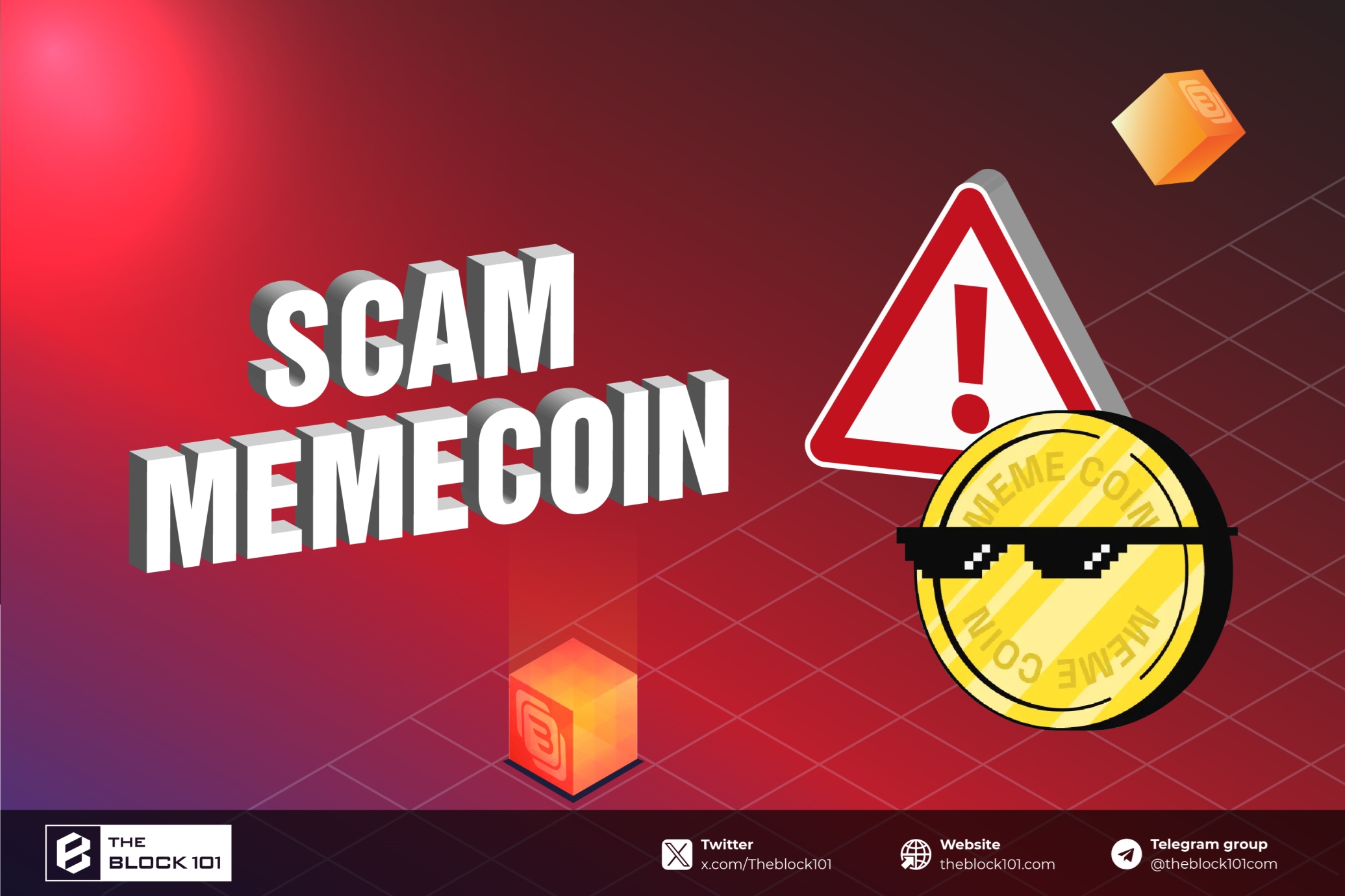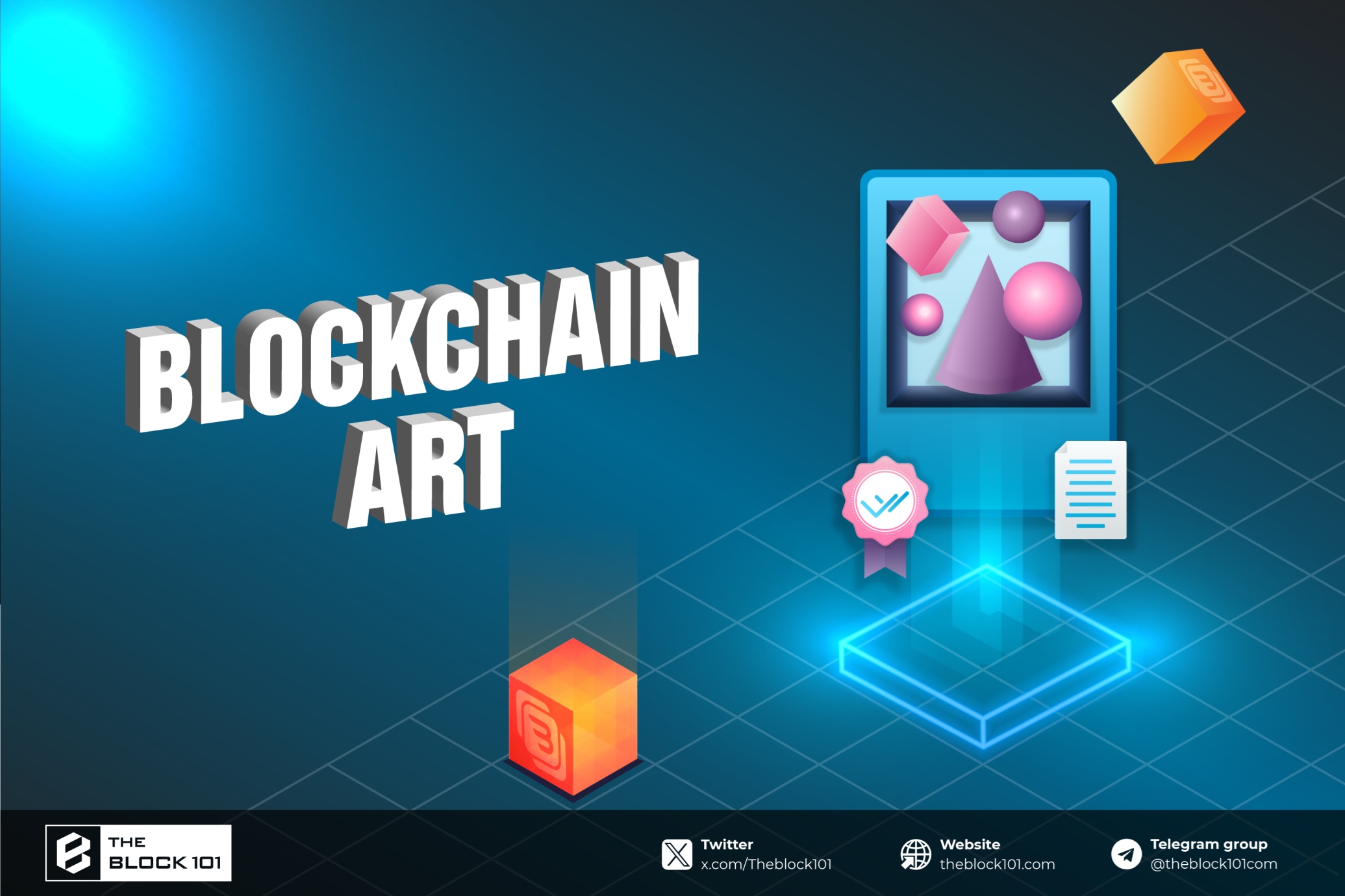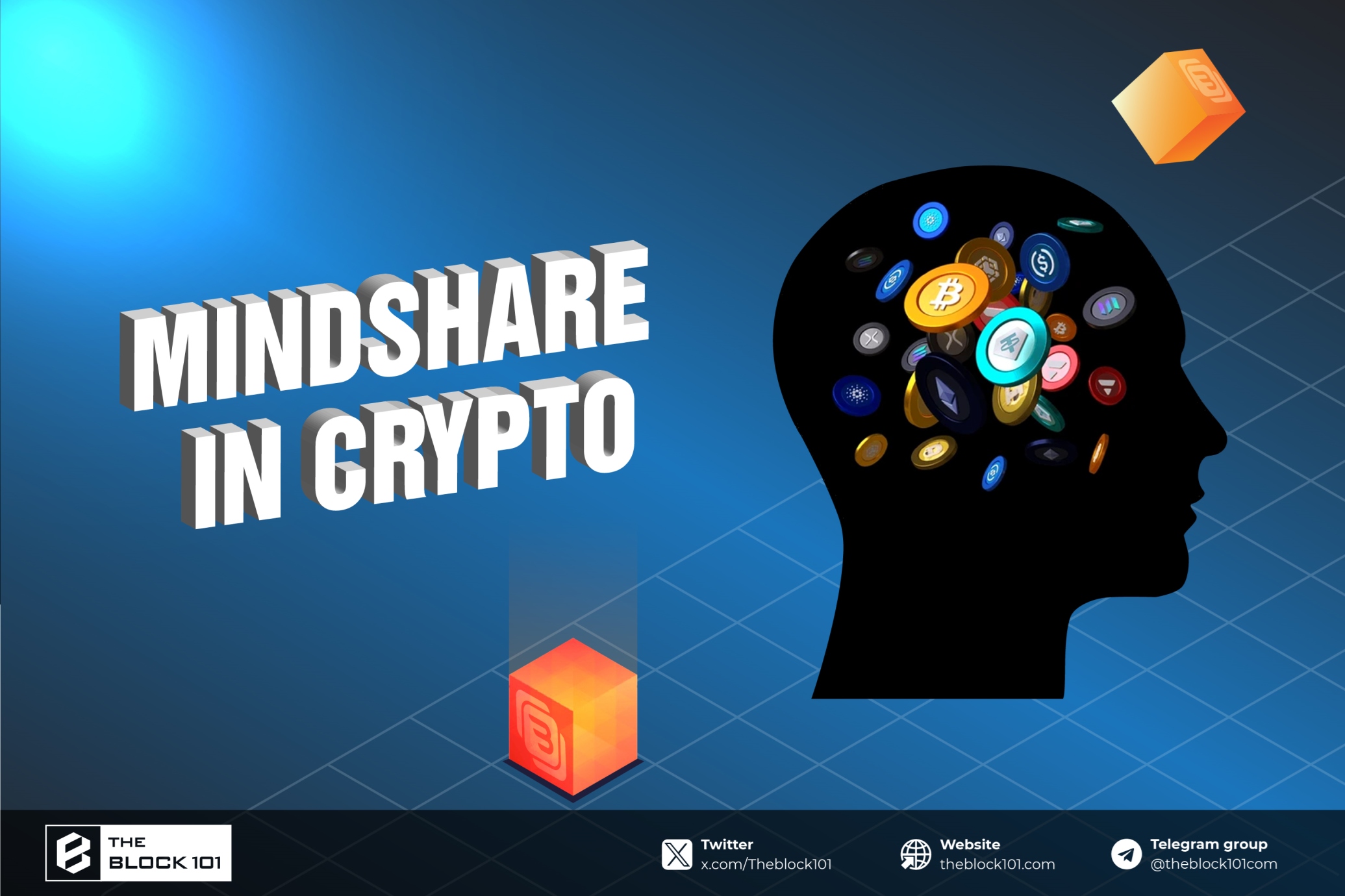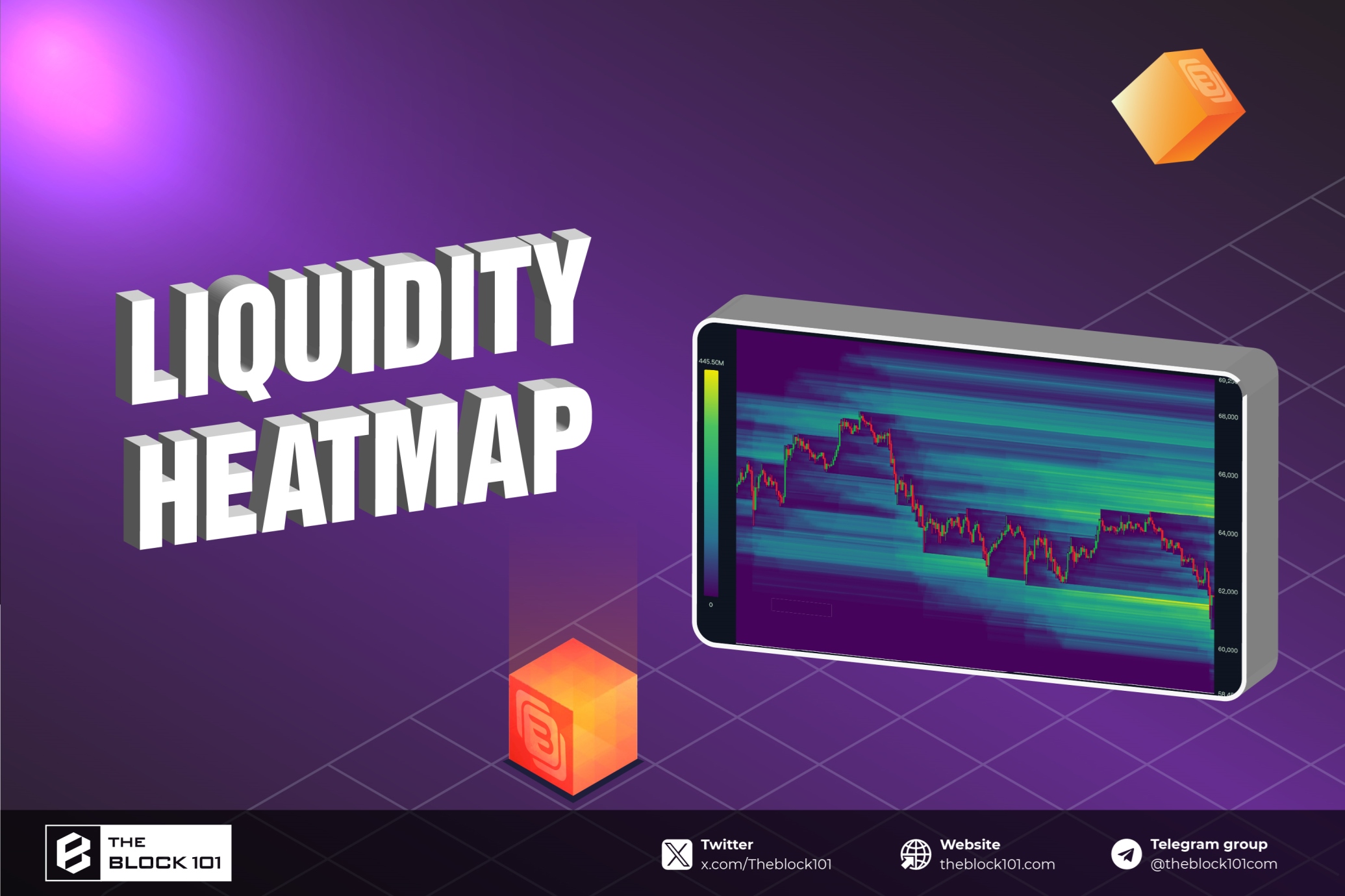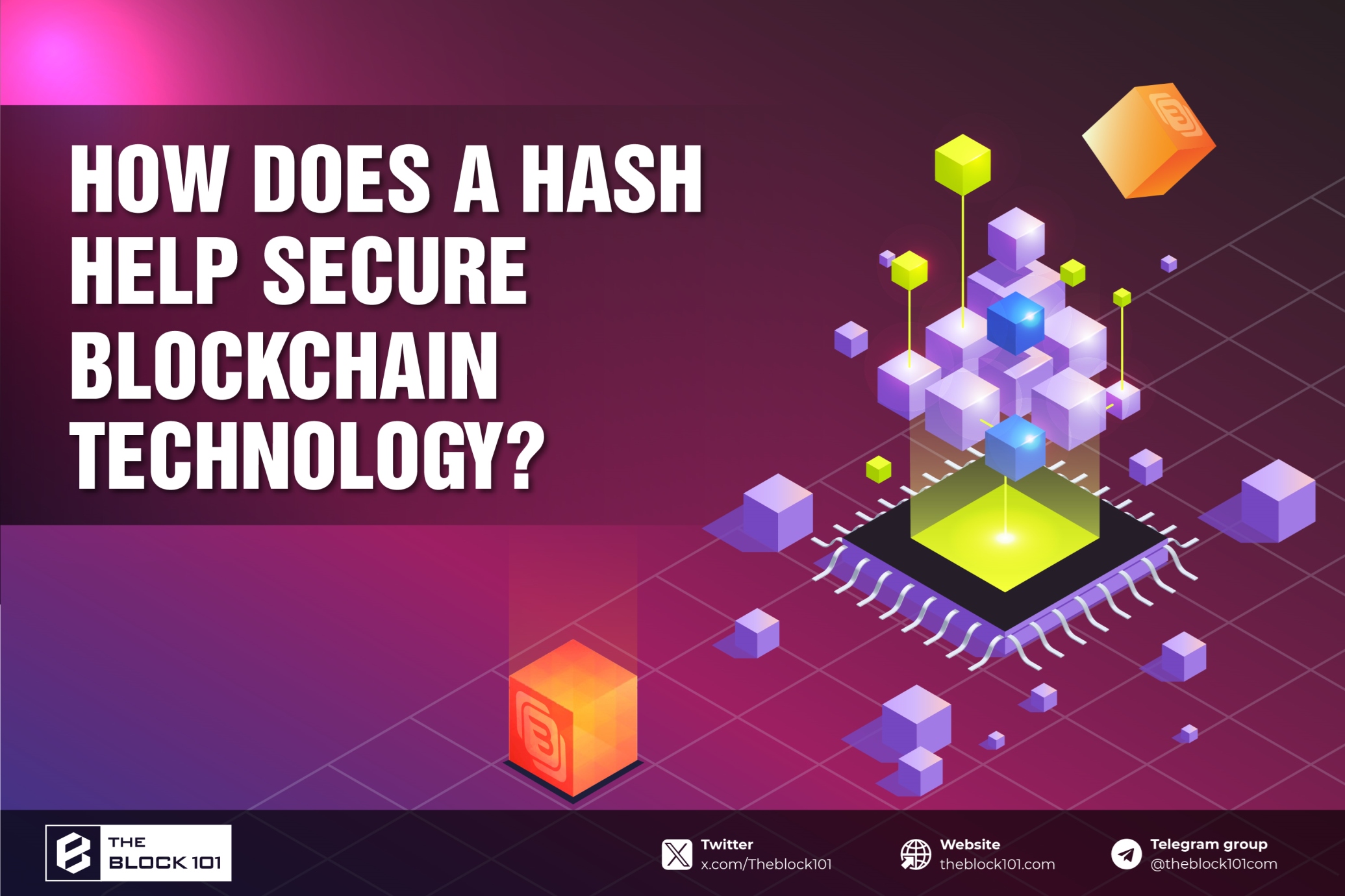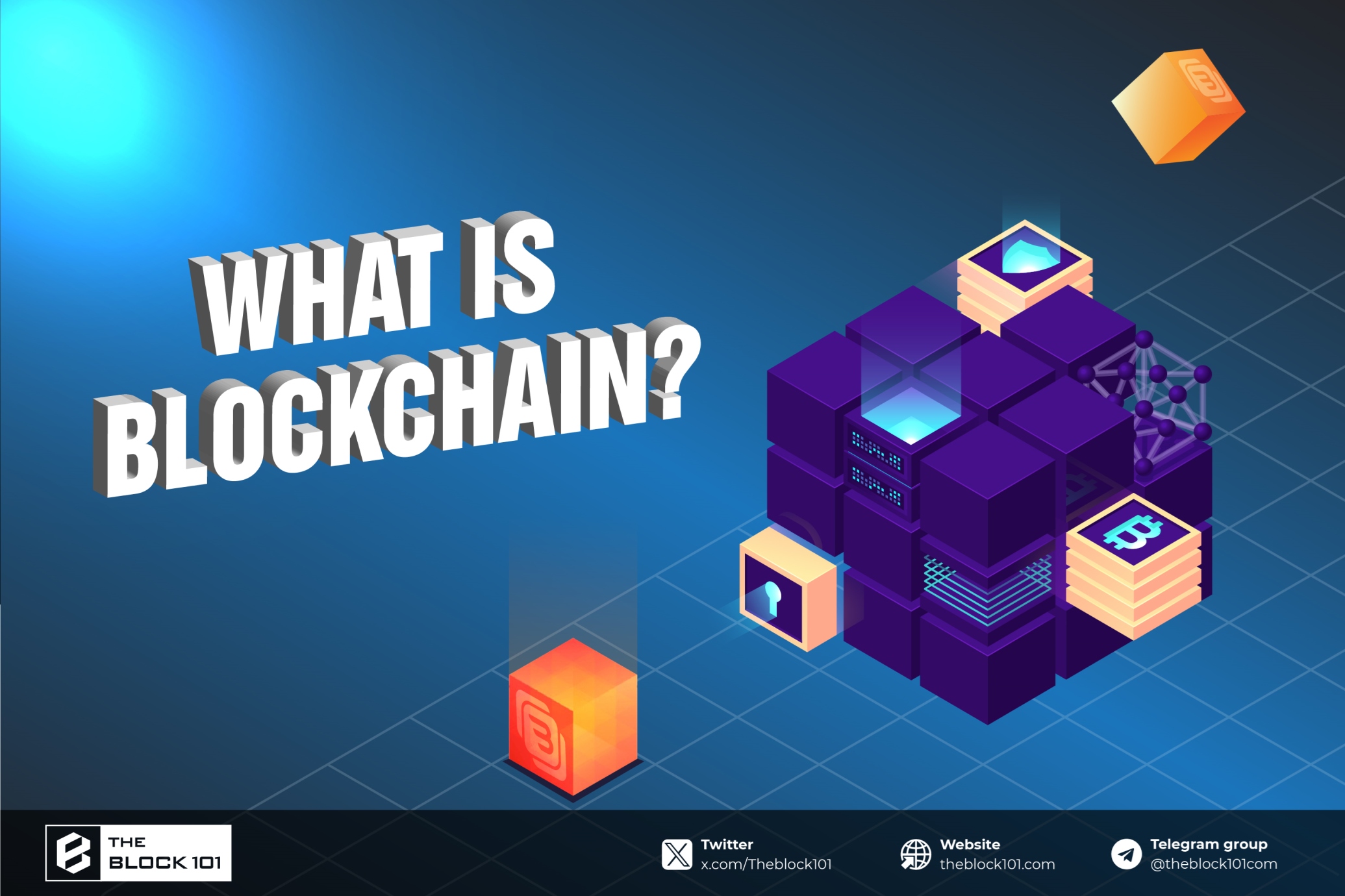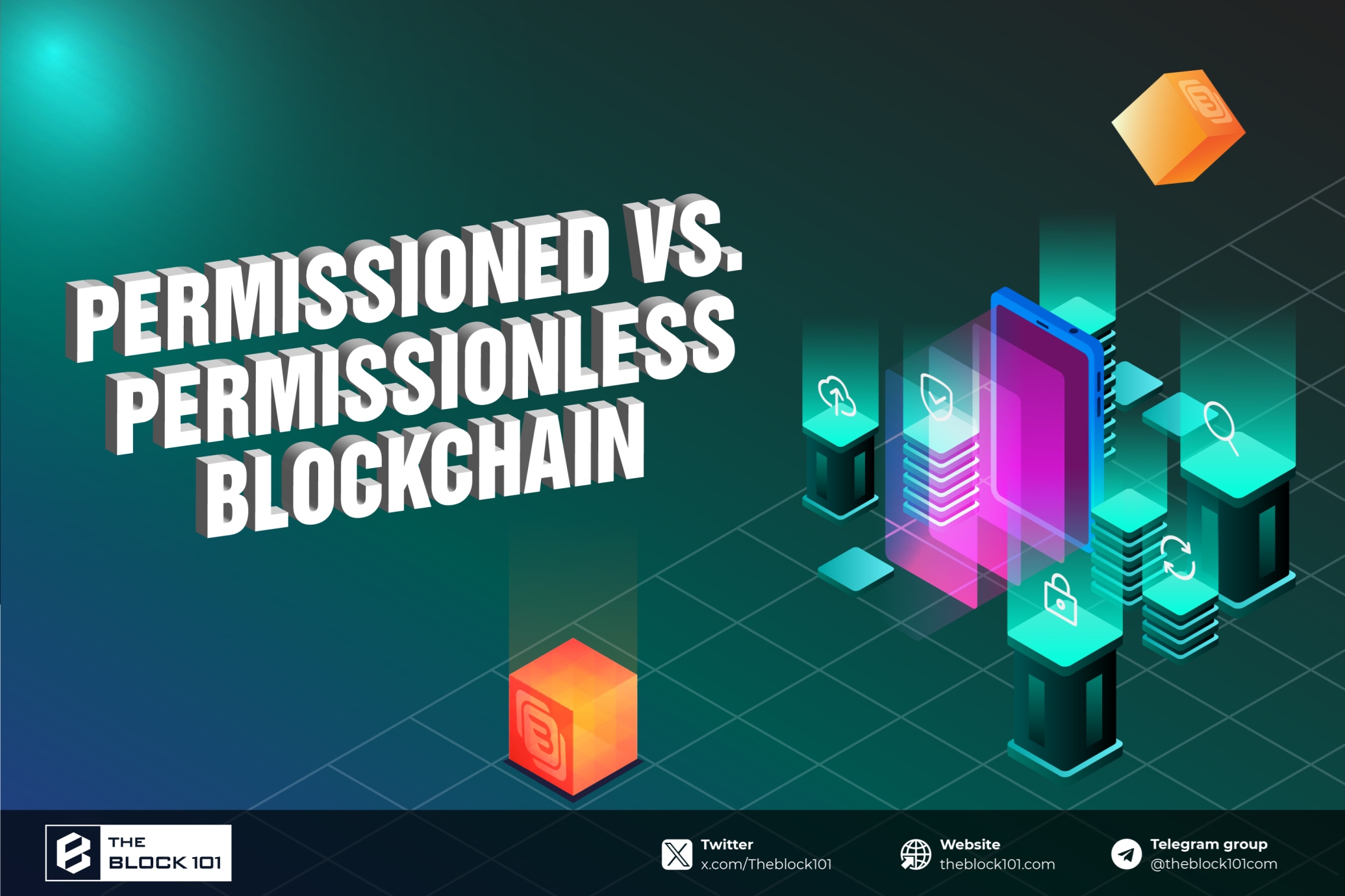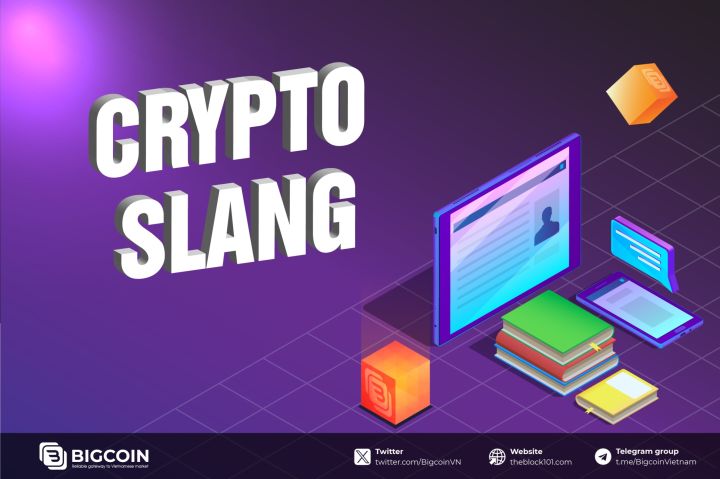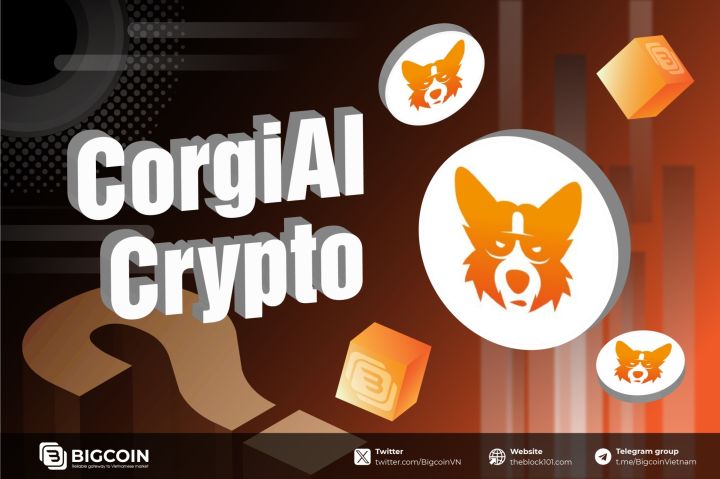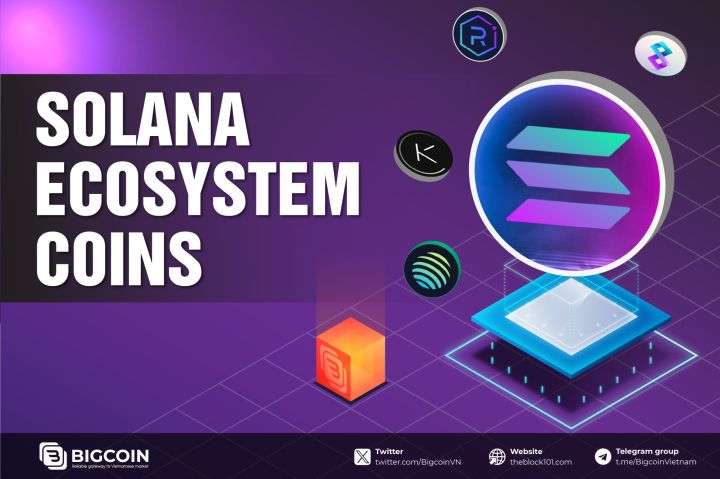1. What Is Bitcoin Halving?
.jpg)
Bitcoin halving refers to an event that takes place approximately every four years, during which the block reward for mining Bitcoin is cut in half. This mechanism is hardcoded into Bitcoin’s protocol to control the total supply of Bitcoin over time and ensure that the asset remains scarce.
Here’s how it works:
-
Miners are participants who validate transactions and add new blocks to the blockchain. In return for their efforts, they receive new Bitcoin as a reward. The number of Bitcoins awarded to miners for completing a block is called the “block reward.”
-
Initially, the block reward was 50 BTC when Bitcoin was first launched in 2009. However, the reward is halved every 210,000 blocks, or roughly every four years.
This process of halving continues until the total supply of Bitcoin reaches 21 million, which is expected to occur around the year 2140.
So far, there have been four halvings:
-
November 28, 2012: The block reward dropped from 50 BTC to 25 BTC.
-
July 9, 2016: The block reward dropped from 25 BTC to 12.5 BTC.
-
May 11, 2020: The block reward dropped from 12.5 BTC to 6.25 BTC.
-
Expected in April 2024: The block reward will drop from 6.25 BTC to 3.125 BTC.
The next halving is expected to occur in 2028, bringing the block reward down to 1.625 BTC.
2. Why Bitcoin Halving matters
.png)
Bitcoin halving is a crucial event because it influences Bitcoin’s supply dynamics, market price, and the incentive structure for miners. Below are some of the most important reasons why halving matters:
2.1. Scarcity and Inflation Control
-
Bitcoin operates with a fixed total supply of 21 million coins, which is one of the reasons why many view it as a store of value similar to gold. The halving ensures that the supply of new Bitcoin entering the market slows over time, contributing to Bitcoin’s scarcity.
-
As fewer new Bitcoins are created, this can result in deflationary pressure—the idea that Bitcoin’s value might rise as the demand for it outpaces the supply.
-
Inflation protection: Just as central banks adjust monetary policy to control inflation in fiat currencies, Bitcoin’s halving serves as a built-in mechanism that reduces the new issuance of coins. This is designed to protect Bitcoin’s value against inflationary pressures, assuming demand for Bitcoin remains constant or increases.
2.2. Impact on Bitcoin’s Price
-
Historically, Bitcoin’s price has tended to rise after each halving event. This is largely due to the supply shock caused by a reduction in new Bitcoin entering circulation. As the rate of new Bitcoins slows, assuming demand stays the same or increases, the price may rise due to scarcity.
-
Historical Trends: After each halving in 2012, 2016, and 2020, Bitcoin’s price increased significantly in the months and years that followed, though the price typically rose gradually, not immediately after the event. For instance:
-
After the 2012 halving, Bitcoin’s price surged from $12 to over $1,100 by the end of 2013.
-
After the 2016 halving, Bitcoin’s price went from around $650 to nearly $20,000 by the end of 2017.
-
After the 2020 halving, Bitcoin saw a price increase from around $9,000 to over $60,000 by 2021.
2.3. Mining Economics
-
A halving event directly impacts Bitcoin miners, the individuals or organizations who validate transactions on the Bitcoin network. Miners are rewarded for their efforts with new Bitcoin, but as the block reward is cut in half, their revenue per block mined decreases.
-
Profitability: If Bitcoin’s price does not rise significantly after a halving, mining can become less profitable, especially for smaller miners. Mining Bitcoin is a capital-intensive activity requiring specialized hardware (ASICs) and consumes significant amounts of energy. If Bitcoin’s price remains static or drops, miners may face financial losses.
-
On the other hand, if the price rises significantly post-halving, mining can remain profitable, and large-scale mining operations can continue to thrive.
2.4. Increased Attention from Investors and Media
-
Media Buzz: Bitcoin halving events often attract widespread media attention, which increases public awareness of Bitcoin and its potential as an investment asset. As more people learn about Bitcoin’s scarcity and the potential for price appreciation, demand for Bitcoin may increase.
-
New Investors: The media coverage surrounding halving can spark a surge in interest from new investors, who may see the event as an opportunity to enter the market before Bitcoin's price rises. This can create a positive feedback loop where growing demand pushes the price higher, leading to even more attention and further price increases.
3. Who benefits from Bitcoin Halving?
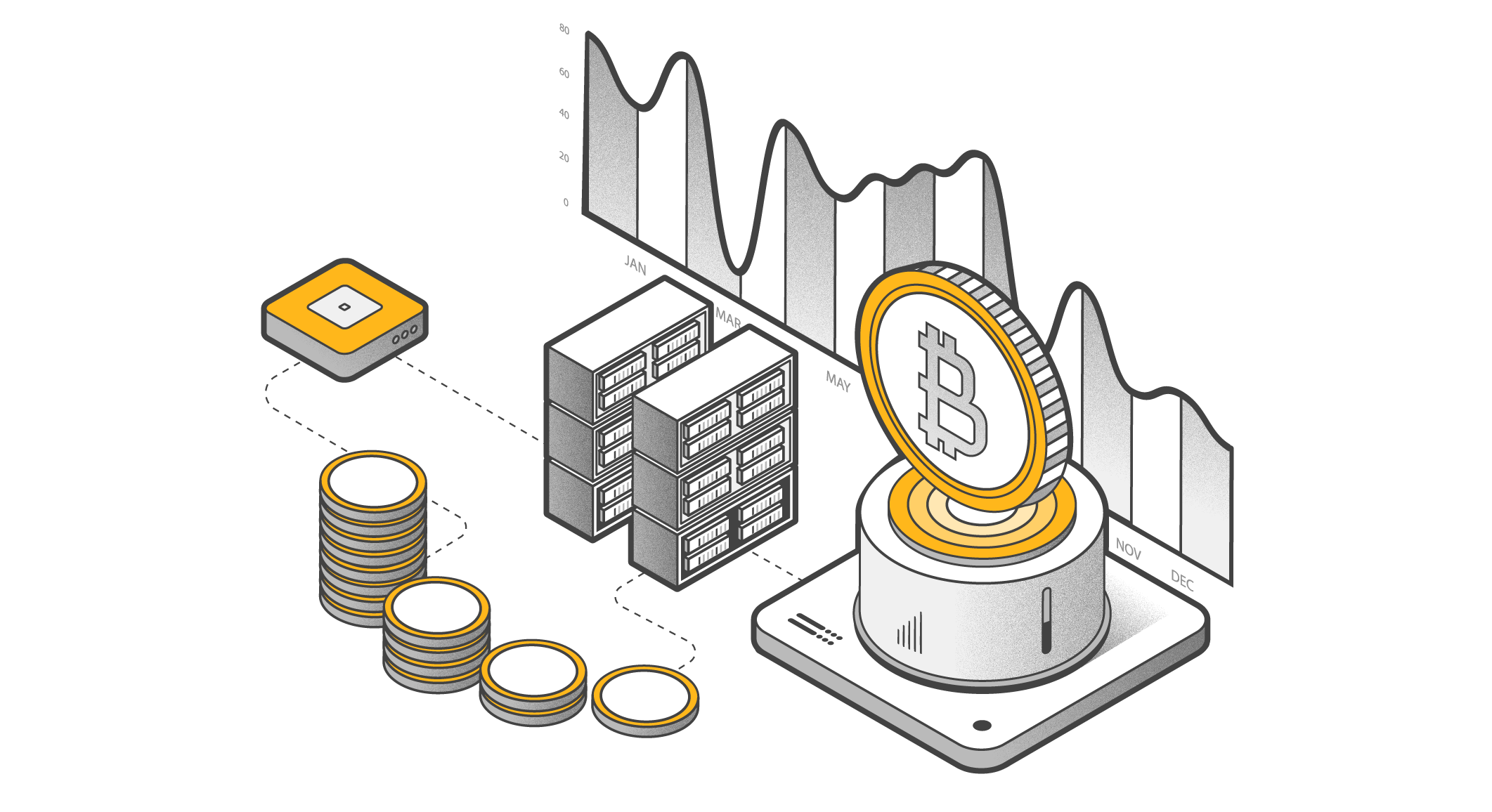
Investors: Investors who hold Bitcoin are likely to benefit from a halving, assuming the price rises as it has in the past. The reduced supply of new coins coupled with potential increased demand can lead to upward price pressure.
Miners: Large mining operations that can maintain efficiency and scale may continue to profit, especially if the price of Bitcoin rises enough to offset the reduced rewards. However, smaller miners may struggle if the price does not rise sufficiently to make mining profitable.
Consumers and Retail Users: Consumers who use Bitcoin for transactions or remittances may not be directly impacted by halving. However, the value of Bitcoin may change over time due to price fluctuations, which could affect how much Bitcoin is needed for transactions.
4. Should you invest in Bitcoin during a Halving?
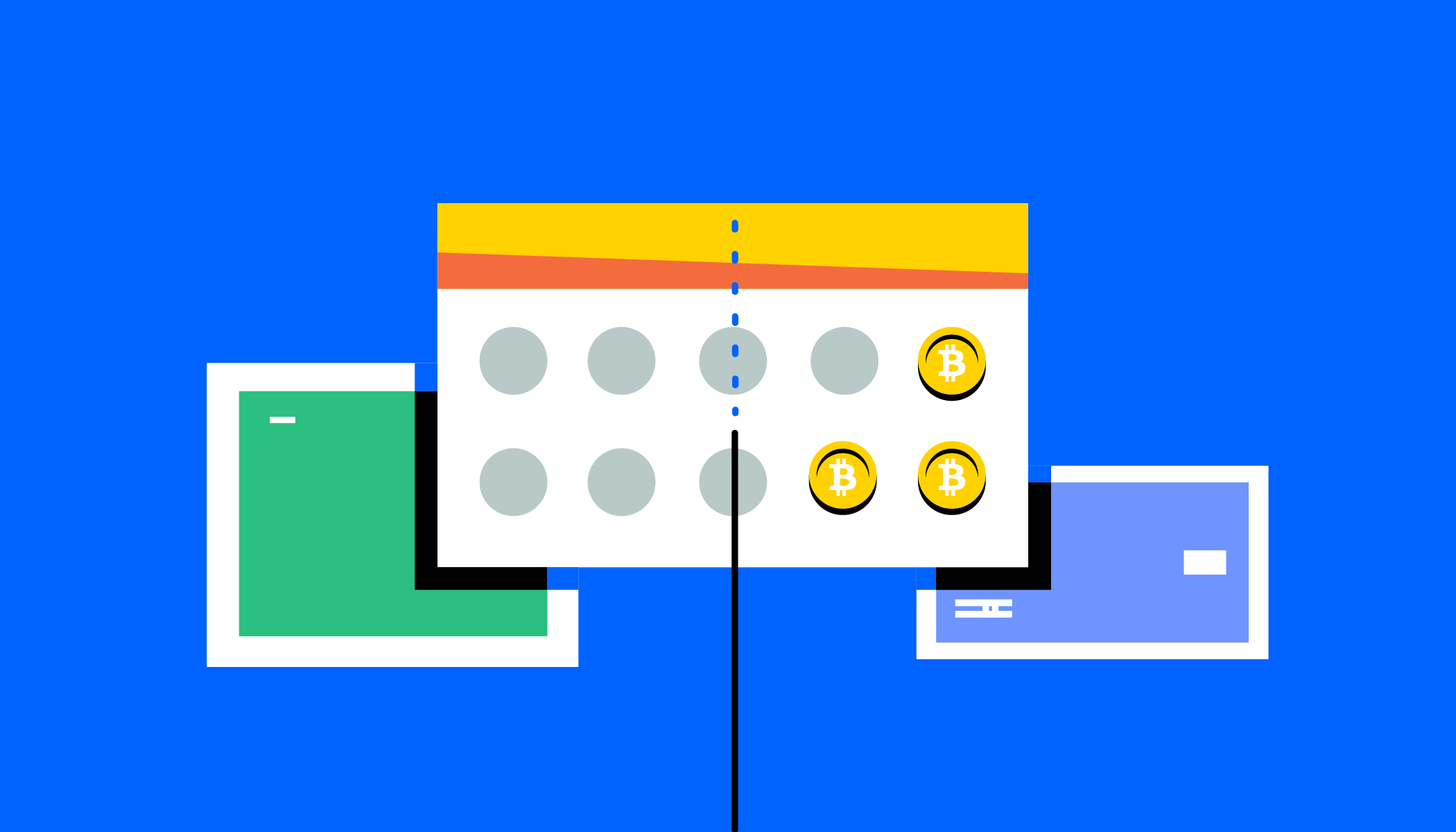
The decision to invest in Bitcoin around a halving event depends on several factors, including market conditions, your investment strategy, and risk tolerance.
While Bitcoin’s price has historically risen after each halving, there is no guarantee that this trend will continue. Price movements are influenced by many factors, including global economic conditions, market sentiment, and investor behavior. As such, Bitcoin halvings should be seen as one piece of the puzzle, not a sure bet for price appreciation.
Investors should conduct thorough research, consider their risk tolerance, and be prepared for market volatility. As always, diversifying your portfolio and avoiding putting all of your funds into one asset like Bitcoin can help mitigate potential losses.
5. Details about the 2024 Bitcoin Halving Event
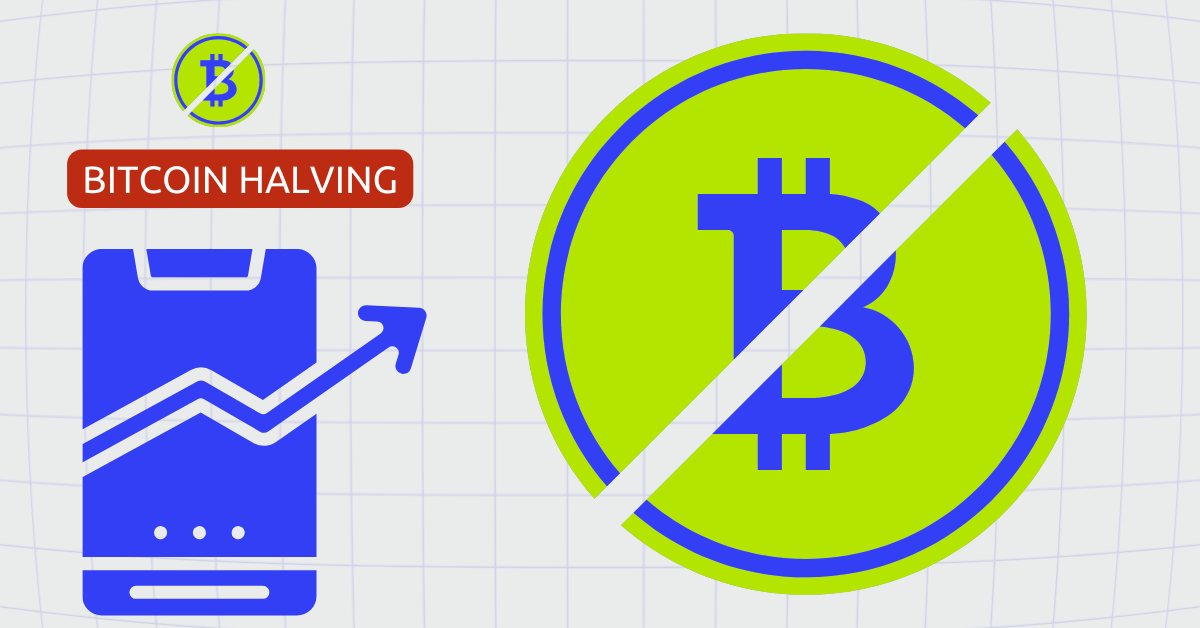
5.1. What is the 2024 Bitcoin Halving?
The next Bitcoin halving is expected to take place on April 20, 2024. During this event, the mining reward will decrease from 6.25 BTC per block to 3.125 BTC per block.
5.2. The significance of the 2024 Bitcoin Halving
The upcoming Bitcoin halving in 2024 is anticipated to have a substantial impact on the entire cryptocurrency market.
When mining rewards decrease, investors, miners, and users may shift their attention to altcoins that offer better mining rewards or more efficient consensus mechanisms.
This shift in focus could lead to increased interest and adoption of altcoins, thereby affecting their prices, market capitalization, and overall relevance in the crypto ecosystem.
Investors may diversify their portfolios with cryptocurrencies that are less sensitive to halving events, such as Ethereum, which operates on a Proof of Stake (PoS) consensus mechanism.
5.3. What makes the 2024 Bitcoin Halving unique?
Starting with the 2024 Bitcoin halving, the event's impact on price is expected to be more pronounced due to decreasing supply and increasing demand.
Bitcoin Supply Chart
Initially, there were approximately 1.3 million Bitcoins in circulation, which increased to 10 million by the 2012 halving, ~15 million by 2016, and ~18 million by 2020.
Currently, around 19 million Bitcoins are in circulation. Since 2020, the supply has barely increased, making each halving event increasingly impactful on market demand.
In other words, the 2024 Bitcoin Halving will likely cause unprecedented price and volume volatility because not all 19 million Bitcoins are tradable:
-
Over 4 million Bitcoins are lost due to forgotten/misspelled wallet keys, with this number continuing to grow.
-
1.8 million BTC are held by miners.
-
15% of Bitcoins belong to 111 wallets, and 40% are held in ~2,000 wallets. It is rumored that Satoshi Nakamoto may control over 20,000 addresses with more than 1 million BTC.
Against a backdrop of skyrocketing trading volumes, the 2024 Bitcoin halving has the potential to achieve all-time highs and spur altcoin market recovery.
5.4. What to do during the 2024 Bitcoin Halving?
According to the Efficient Markets Theory, if everyone knows something will happen, it should already be priced in. However, as Warren Buffet once noted, the market is "almost always" efficient—but the gap between "almost" and "always" is worth billions.
This suggests that even if everyone knows about an event in advance, it's still possible to go against the trend and profit.
The demand for Bitcoin will inevitably rise, as its price is expected to increase due to a limited supply.
While halving is a significant event, it takes years for its full effects to unfold. Historically, the market bottom occurs roughly 1.3 years before the halving, while the peak happens approximately 1.3 years afterward, making the entire cycle about 2.6 years.
Historically, Bitcoin has reached its lowest point 477 days before a halving, climbed to a peak, and then exploded afterward. After hitting a peak, the subsequent accumulation phase has lasted an average of 480 days, from the halving to the peak of the next bullish cycle.
If history repeats, Bitcoin’s price bottomed on December 30, 2022. We could witness a recovery in early 2024, followed by a strong rally after the 2024 halving. The following chart illustrates potential outcomes if the 2024 Bitcoin halving mirrors past performances.
6.Conclusion
Bitcoin halving is an essential part of Bitcoin’s design, ensuring that the cryptocurrency remains scarce and deflationary over time. The event has the potential to impact Bitcoin’s price, miner profitability, and investor sentiment, making it a highly anticipated event for the crypto community.
While halvings historically lead to price increases, there are no guarantees, and each event is unique. Whether you're an investor, miner, or consumer, understanding Bitcoin halving is crucial for navigating the evolving cryptocurrency landscape and making informed decisions.
Read more:

 English
English Tiếng Việt
Tiếng Việt.png)
